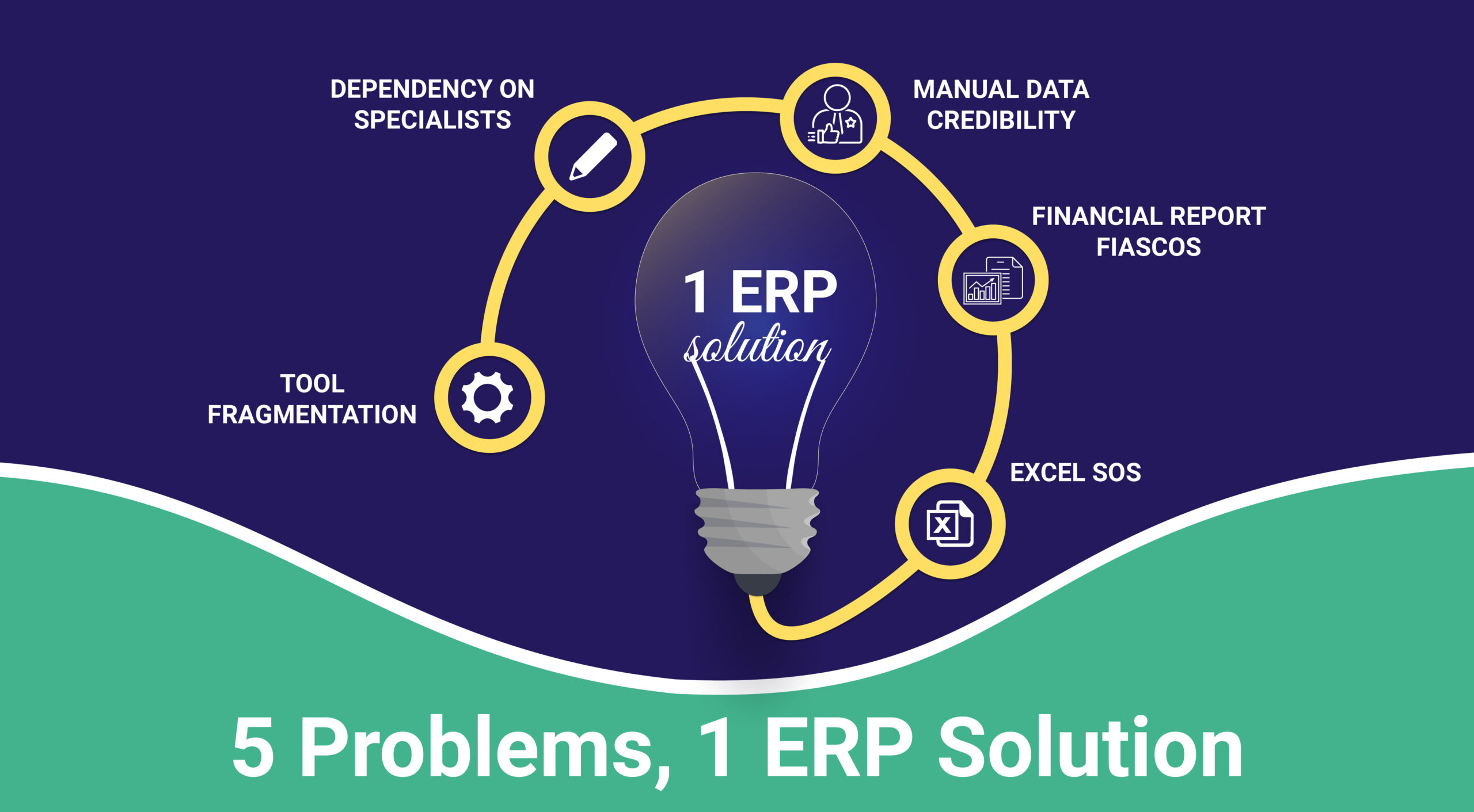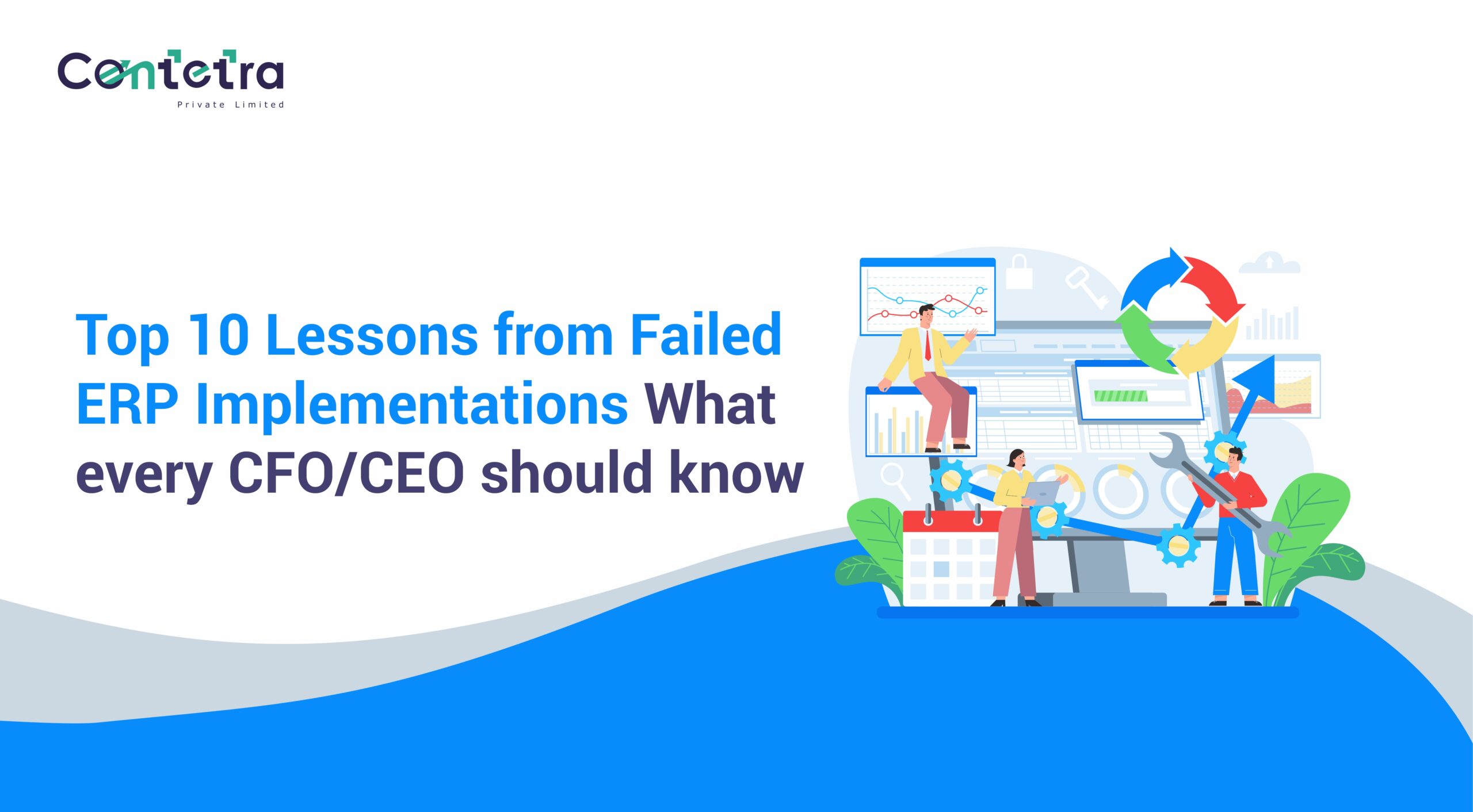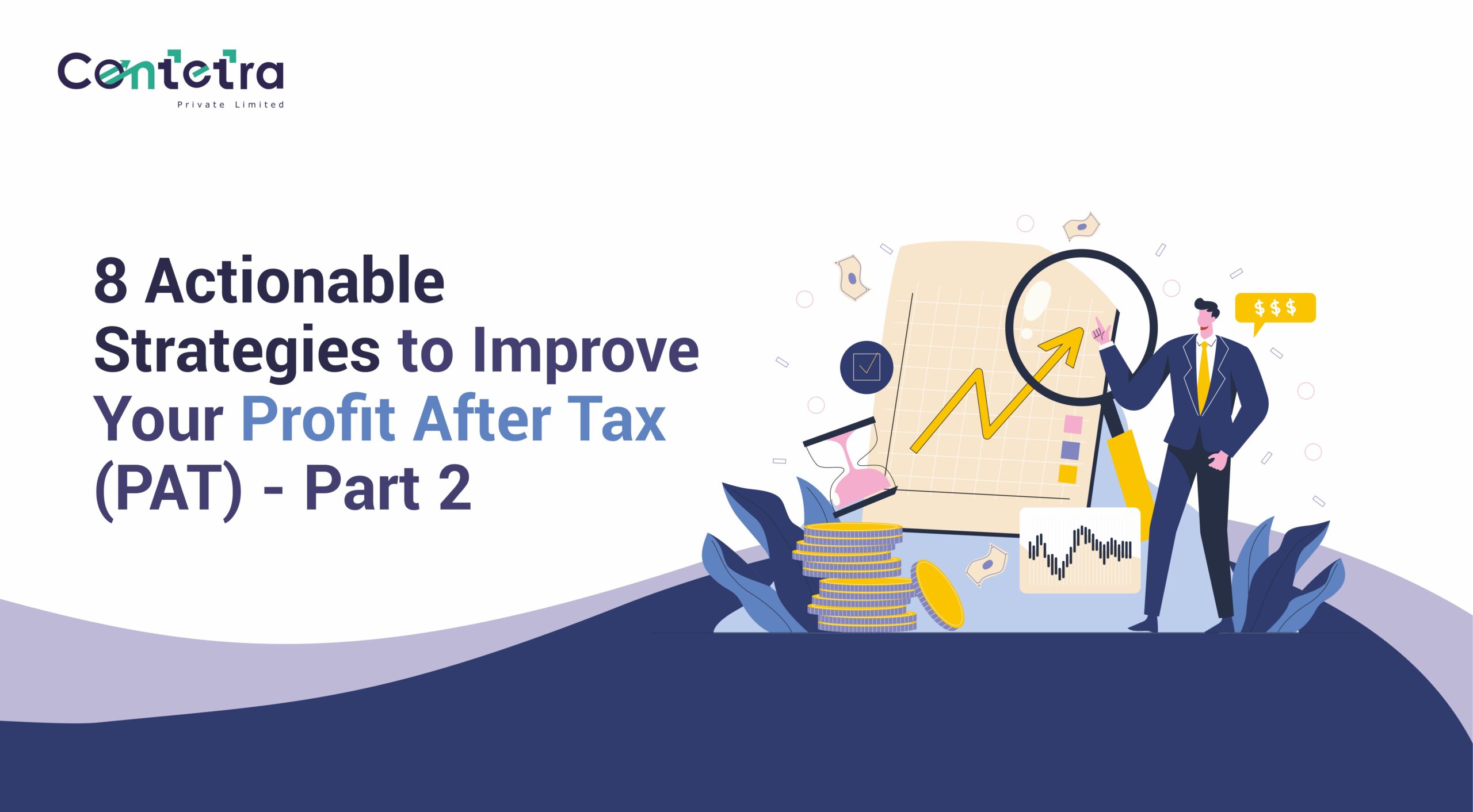As someone who’s been in the finance game and ERP implementation services for a while, I am sure you will agree when I say, that even though it is not a walk in the park, growing your organization’s finance from zero to one is no big deal.
In fact, you get the option and advantage of tailoring your operations as per your specific needs.
But when you start hitting the numbers – going from one to a hundred, and soon dealing with hundreds to millions – things can get pretty dicey. That’s when you need to call in the cavalry of systems and tools, or else you’re heading straight for a financial disaster.
We at Contetra, are currently carrying out the ERP implementation process for multiple clients. So today I have a case-study to share about one of our marquee clients, AC Ltd. (the name’s been changed, of course), where the rapid scale of the organisation, caused financial blunders and how Contetra helped the organisation overcome the trouble.
The Case of AC Ltd.
AC Ltd is a listed SAAS company that serves clients all around the world, including some of the big FAANG players. In just about five years, AC Ltd. has exploded onto the scene, sprouting 11 different entities and 6 branches, raking in millions of dollars every year.
Now, you might be thinking, “What’s the issue here?”
Well, buckle up!
While each of these branches or entities had their finance teams getting along efficiently, there was a little hiccup – they were working independently with their own accounting tools and there wasn’t a direct line connecting the financial dots from one entity to another.
There were a total six accounting tools, namely Tally, Quickbooks, SAP, Zoho Accounting, Oracle NetSuite, and Sage 50 (previously known as Peachtree), all accounting for the financials of AC Ltd.
And here’s where the troubles began.
- Tool Fragmentation: AC Ltd. was juggling with different accounting tools across the organization. This existence of numerous tools and systems led to data silos and hindered seamless communication between different functions.
For instance, creating a journal entry in Tally required 15 data points. However, Quickbooks required 11 data points and Peachtree required only 9, creating low transparency and accuracy of data with branches with these softwares.
- Dependency on Specialists: Using these specialized tools meant that regular folks had to call in the experts to fetch data, due to unfamiliarity with those interfaces. It was like needing a translator just to read a menu in a foreign restaurant. That’s how it felt for AC Ltd.’s team. This dependency created delays in data extraction.
- Manual Data Credibility: Once they finally got their hands on the data, there was a ton of manual work involved – think data juggling and reconciliation. This manual labour not only slowed things down but also brought in the possibility of errors and loss of data accuracy.
- Financial Report Fiascos: AC Ltd were maintaining six different sets of accounts, creating inconsistencies in their annual reports. These issues raised stakeholder’s eyebrows about the accuracy of their financial data.
Investors of AC Ltd. started doubting the numbers of their financial reports. They even lost a few investors, due to their mismatch in their books.
- Excel SOS: When things got really tricky, AC Ltd. turned to Excel for help. But let’s face it, Excel has its limits. Managing company accounts of such a large organisation on Excel – not the best idea.
This not only hampered their books of accounts, but only increased the security of the organisation data.
So, AC Ltd. had quite the puzzle on their hands. Though the entities were doing incredibly well individual, as a collective, things were getting complicated. What they need was a bridge between the parent organization and its subsidiaries.
But how?
The answer is simple, the right ERP partners and the right ERP system to consolidate their data and information and automate processes.
ERP: A One Stop Solution
With such a problem statement of AC Ltd., it’s important to take a step back and see the big picture.
We realized the importance of having a well-rounded solution that ties everything together seamlessly. So, we broke down the problem statement with three principal questions:
What needs to be changed?
We dove deep into their business requirements, transaction lists, and operational intricacies, to better understand each aspect of the process, that needed modification.
How will it be changed?
We studied their existing processes, Standard Operating Procedures (SOPs), and Delegations of Authority (DOAs). This deep dive allowed us to spot inefficiencies and opportunities for improvement. We drafted possible solutions, altering processes and created a new authority matrix.
What is the optimum solution?
After a thorough evaluation, we chose Oracle Fusion as the best solution for the ERP implementation process. Its cloud-based architecture aligned perfectly with their vision. It promised scalability, flexibility, and enhanced accessibility. {Yes, we’re still system agnostic and if Oracle Fusion is not the right option for you, we will help you assess which system will be the right choice.}
AC Ltd: What does the ERP system aim to achieve?
AC Ltd took a big step forward by starting the ERP implementation process and revamping all of its systems, to work better together, reduce manual work, and make sure everyone sees the same data in the same way. It’s like giving their business a digital makeover!
- Unified Platform: AC Ltd consolidated all functions, including customer relationship management, procurement, supplier and customer portals, accounting, assets, and products, into a single ERP platform.
Previously before ERP, if let’s say 10 different payments were received from customers. the system was unbale to settle the payments against the invoices. It required manual reconciliation for every transaction.
But after the ERP implementation process, we were able to settle payments as per each invoice seamlessly with Banking API with a success rate of 85%.
A similar integration was availed with creation of Vendor Portal, where the vendors register themselves and upload the details for the invoices, without the risk of loss of data.
- Seamless Data Flow: Before, data had to jump between different systems, which was like trying to send a message through a bunch of people. But now, with this new system, data can travel smoothly within the ERP. It double-checks, applies rules and validates the data all on its own. So, from the moment data comes in until it reaches its destination, no more manual hassle!
- Consolidation of Functions: Instead of having a bunch of different apps with different looks, they’ve made everything look and feel the same. So, whether you’re crunching numbers or dealing with customers, the interface is consistent and easy to use.
With ERP, we created a unified platform for every function of the organisation from initiation of lead generation in CRM to invoice reconciliation, from vendor management to financial reporting, everything under one roof. We even created a data flow for each data point, along with authority matrix for better ownership.
- Uniform Reporting: Ever noticed how two people can look at the same data and get different reports? Thats what happened with AC Ltd’s accountants. What the new system aims to achieve is that when they pull up data, everyone sees the same thing. No more report discrepancies.
- Flexible Data Entry: Some systems can be super picky about how you put in data. let’s you enter data in different ways, so you won’t lose anything due to formatting issues. It also has checks and balances to provide a cohesive structure, and the best part, you can access it from anywhere, from any branch.
I have some questions for you to reflect on:
- Struggling with mismatched books of accounts?
- Dealing with multiple data sets across your organisation?
- Looking for solutions to automate your processes and reduce manual dependency?
If you’d like to discuss ways to overcome the above pain points and need help with \ process re-engineering in your organisation, look no further!
At Contetra, we have helped companies big and small – from Silicon Valley unicorns and listed companies to startups – with successfully transitioning to the ERP system that is best suited for their needs. We are not just your ERP implementation partners; we target your pain points and provide a tailored and functional solution.
So, what are you waiting for?
Visit our page and get in touch with us to know more about our ERP implementation services!














